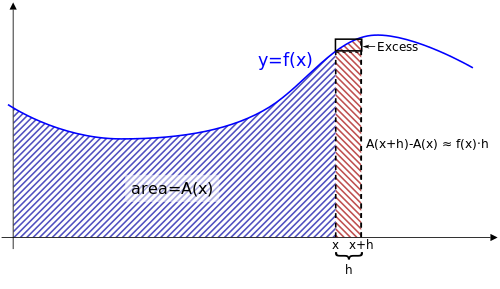
Algebra
Algebra allows you to articulate issues or circumstances as mathematical expressions. To produce a meaningful mathematical statement, it uses variables like x, y, and z, as well as mathematical operations like addition, subtraction, multiplication, and division. 2x + 4 = 8 is a simple example of an algebraic expression. Algebra is concerned with symbols, which are linked to one another via operators. It’s not simply a mathematical notion; it’s a talent that we all utilize without even recognizing it in our daily lives. Understanding algebra as a concept is more essential than solving equations and determining the correct solution since it is applicable to all other subjects of mathematics that you will learn in the future or have already studied.
Algebra is a field of mathematics that deals with symbols and the operations that may be performed on them. These symbols are referred to be variables since they do not have any set values. We frequently observe specific values that change in our real-life issues. However, the necessity to describe these shifting values is constant. These values are typically represented in algebra by symbols such as x, y, z, p, or q, and these symbols are referred to as variables. Furthermore, these symbols are subjected to a variety of mathematical operations, including addition, subtraction, multiplication, and division, with the goal of determining the values. Variables, operators, and constants make up the algebraic expressions above. The integers 4, 28, and x are constants, and the mathematical operation of addition is performed on x.
The Fundamental Theorem of Algebra
A polynomial is an expression in which all of the variables’ exponents must be full numbers. A polynomial p(x) of degree n can have a maximum of n zeros, according to the fundamental theorem of algebra. The largest exponential power in a polynomial equation is called its degree. Explanation: A polynomial of degree ‘n’ can have no more than n roots, according to the fundamental theorem of algebra. A polynomial in one variable of degree ‘n’ will have the following form in general: p(x): xn + xn-1 + … + x + , ≠ 0 can have maximum n zeros. As a result, according to the fundamental theorem of algebra, a polynomial of degree n can only have n zeros.
The polynomial equation + ⋯ + z + = 0 has at least one solution z ∈ C for every positive integer n ∈ Z+ and any choice of complex numbers, ,…, ∈ C with ≠ 0. This is an outstanding statement. If we restrict the coefficients, ,…, to be real values, no comparable result applies for ensuring that a real solution to Equation exists. For example, there is no real number x that can fulfill an equation as simple as πx2+e=0. Similarly, considering polynomial equations with integer (rather than rational) coefficients requires us to explore solutions that aren’t integers. As a result, complex numbers are unique in this regard. The following is another way to express the Fundamental Theorem of Algebra: Any non-constant complex polynomial function formed on the complex plane C (when seen as R2) has at least one root, i.e., it disappears at least one location. We shall look at the proof for the theorem in this format.
Given how old the Fundamental Theorem of Algebra is, it should come as no surprise that there are several proofs. There have even been whole books dedicated to delving into the mathematics behind certain proofs. Attempting to comprehend the formulation of the theorem from the perspective of various disciplines of mathematics leads to various proofs. This soon leads to a plethora of complex interactions with subjects like Real and Complex Analysis, Topology, and (Modern) Abstract Algebra. Another evidence of how basic and profound the Fundamental Theorem of Algebra is the variety of proving strategies accessible. We’ll need the Extreme Value Theorem for real-valued functions of two real variables, which we declare without proof, to establish the Fundamental Theorem of Algebra using Differential Calculus. We express this theorem in the restricted situation of functions defined on the closed disc D with radius R>0 and centred at the origin, namely: D = {( , ) ∈ R2 ∣ + ≤ R2}.
Let D⊂R2 be a closed disc and f: D →R is a continuous function on it. Then f is constrained, and its lowest and maximum values are found on D. In other words, for any feasible choice of point x ∈ D, there exist points , ∈ D such that, f ( ) ≤ f(x) ≤ f ( ). We may consider (x, y) ↦|f (x+ it) | as a function R2→R if we define a polynomial function f:C by setting f(z) = + ⋯ + z + as in the previous equation. This function is denoted as |f (⋅) | or |f|, which is a slight misapplication of notation. We can see that |f| is likewise continuous since it is made up of continuous functions (polynomials and the square root).
Learn More: Quadratic Equation from Class11 Maths





